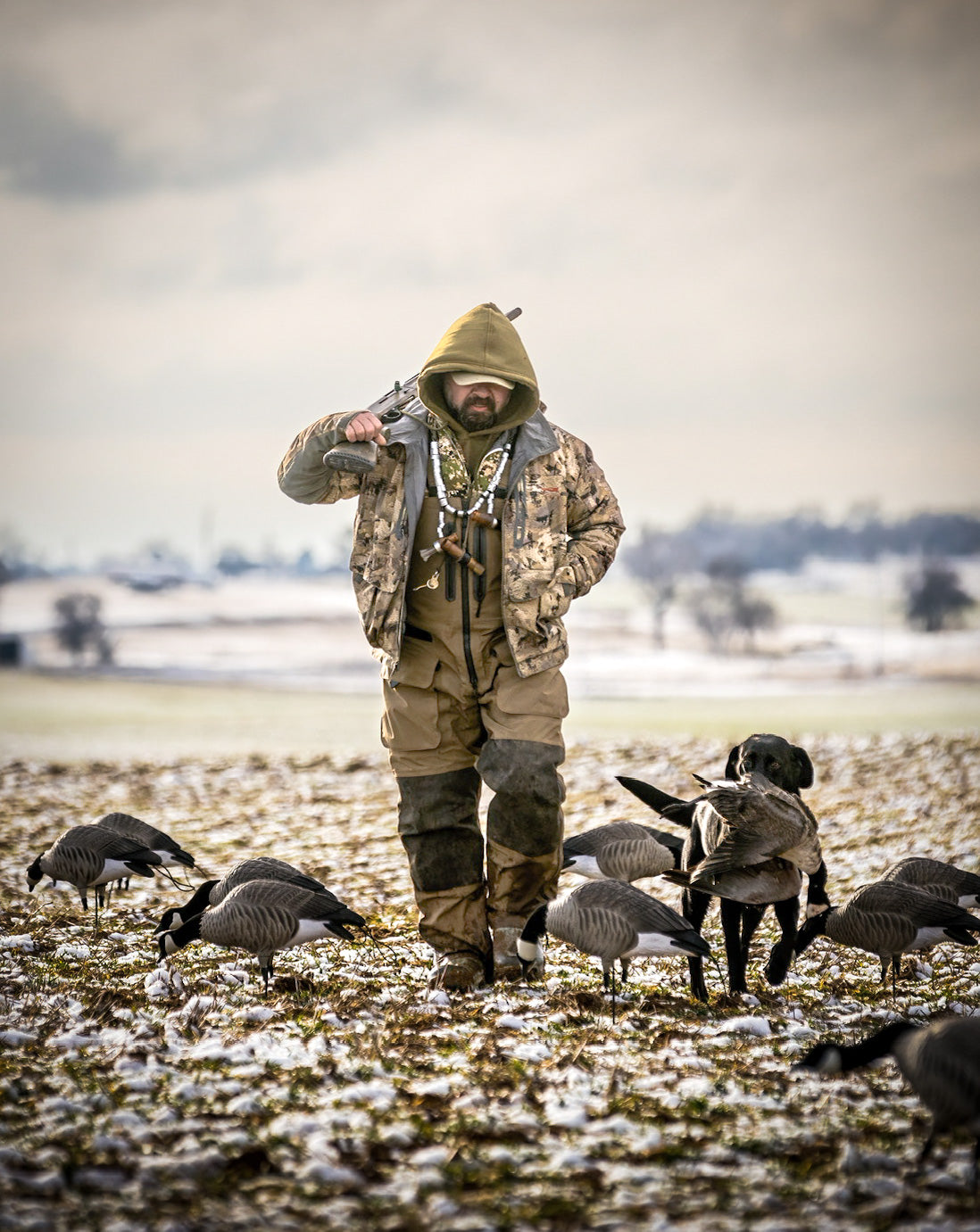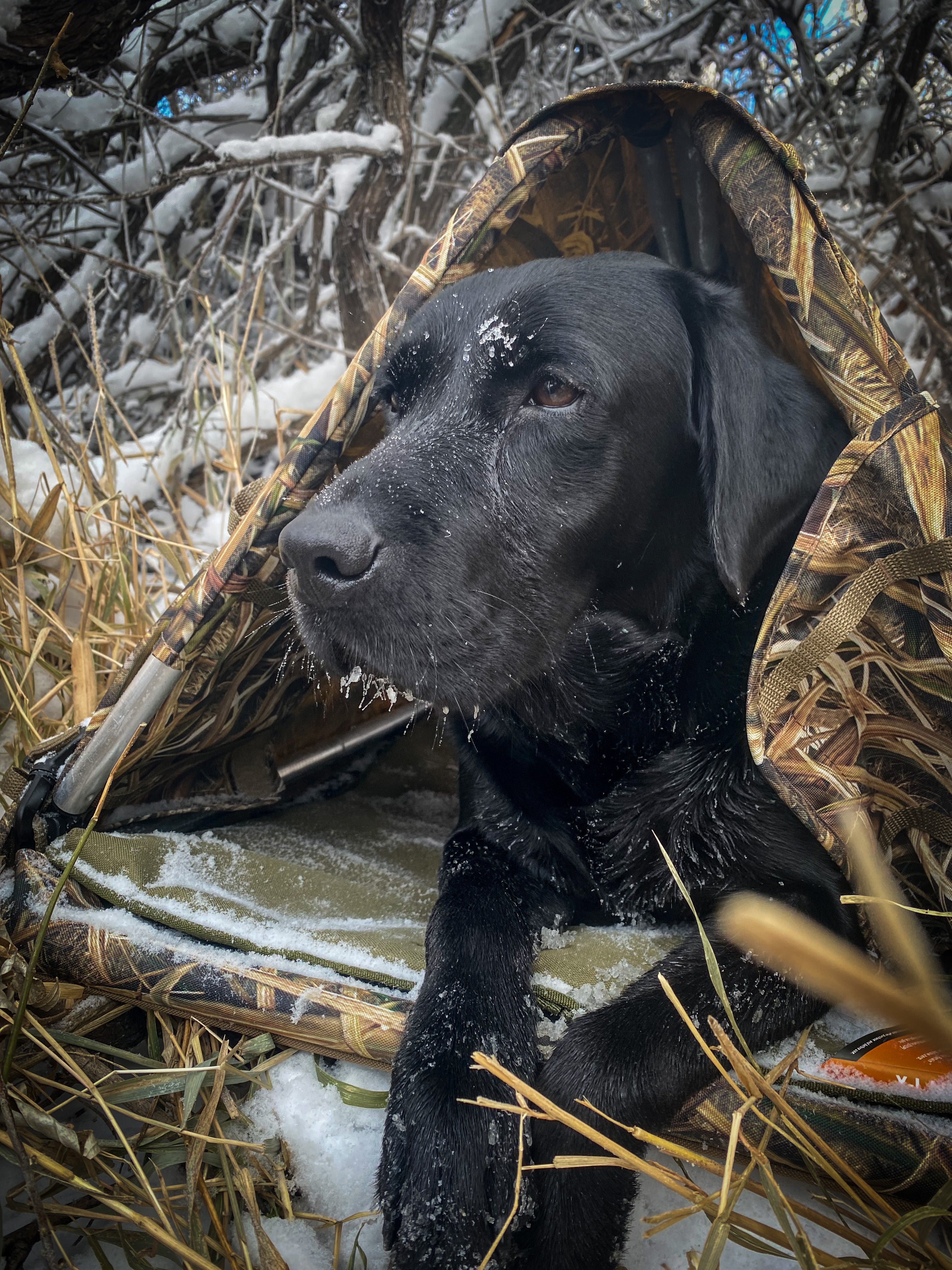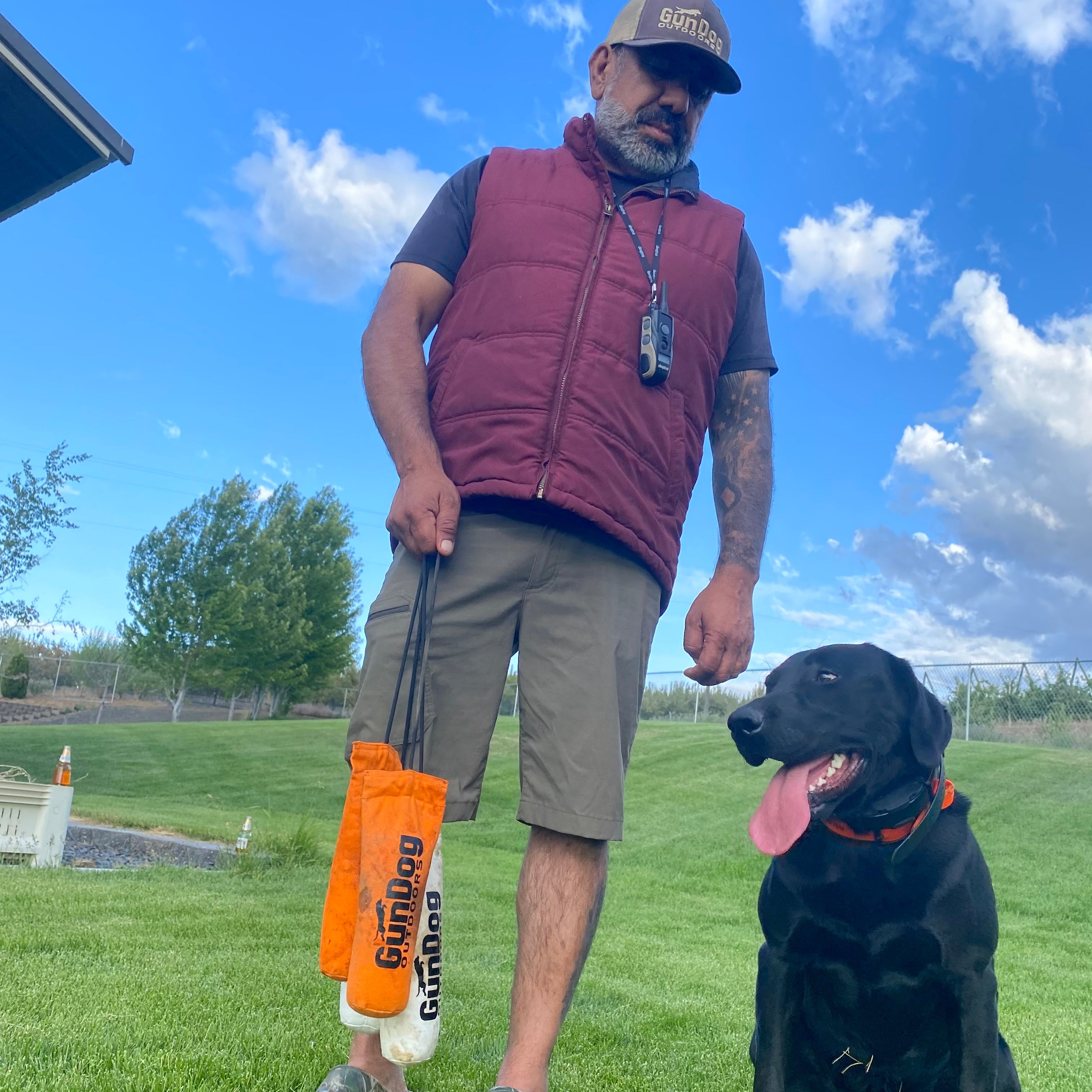How to Kill Ducks when Ducks are Hard to Kill
Just like the expected migration, there will be a time in your waterfowl season where the hunting gets tough. There can be multiple reasons for this, such as warm weather, which makes it difficult to pattern birds. Eating isn’t a priority to keep warm or migrate. Educated birds that have been around for a while and have seen a lot of different spreads and blinds. Moon phase has birds feeding late into the night keeping them from flying in the morning, or simply there are no or very few birds around. There’s not much you can do about the birds not around, except pack up your truck and trailer and travel to where there are birds. So how do you hunt those birds that are around, but just will not cooperate.
With warm weather you need to be flexible and find loafing spots, usually open water where they can rest and get enough food close by to sustain their metabolism, which isn’t much in warm conditions.

Full moon conditions that have birds feeding late into the night. Most hunters believe they have to kill their birds in the morning. They will hunt until around noon and call it a bad day, but in reality those birds are feeding late because of the ability to see and feed in the moonlight. Waterfowl will spend most their day loafing around on water and feeding in fields during the night in full moon conditions. This is the time to sleep in and hunt the evening flight. No, it’s not going to be a long hunt. In fact, you might only get a couple flocks to shoot at, but it’s really going to be your only opportunity to get them unless you target their loafing areas like previously mentioned.

Educated birds - These birds have been in the area for longer than 3 weeks and have seen lots of spreads and blinds. They have heard lots of calling and lots of gunshots. This is when you need to go into what I call stealth or sniper mode, operating in a one or two man team. This isn’t the time to take out 4 or 5 of your buddies. This is 3 or 4 more guys you need to hide and get limits for. You don’t need to find a shoot with 50 or more birds. I will go out by myself and scout around the areas I normally hunt and find small pockets of birds scattered all over the place. I only need a dozen or two to set up on and there’s a very good chance I’m going to have a successful hunt. If I take out more than one other person, now my opportunities are cut in half and I have to harvest two, three or four times more birds. If you are hunting tough stale birds, this can be very difficult.

Now put yourself in a birds webbed shoes. For the past month they have seen the same size spreads, placed in the same locations. This is when you have to do everything right. You need to be perfect. Your “hide” (blind) has to be perfect, completely hidden. The hide is probably the biggest mistake I see waterfowl hunters make. Your decoys have to be perfect. You need to hunt over the best looking decoys you can find. If you have access to stuffers, use them. Keep the spreads small with movement. These birds have been shot over the same size spread for the past several weeks. You need to be different, you need go small and you need to find birds that have found a little area they can hide. Let them rest for several days letting their guard down, then you get them.

Take advantage of any drastic change in the weather; cold fronts, wind, snow, etc. Birds tend to panic and become more susceptible when the weather changes. Make sure you are in the field the day it does.
The biggest thing is to not give up. It is easy to do and lots of guys do it. I love it, it makes less pressure on the birds and less pressure on the public. This allows the birds to get more comfortable faster. If you pay attention, hunt hard, scout hard you can find yourself these pockets of birds that have let their guard down or are changing their pattern after weeks of unpredictability.








